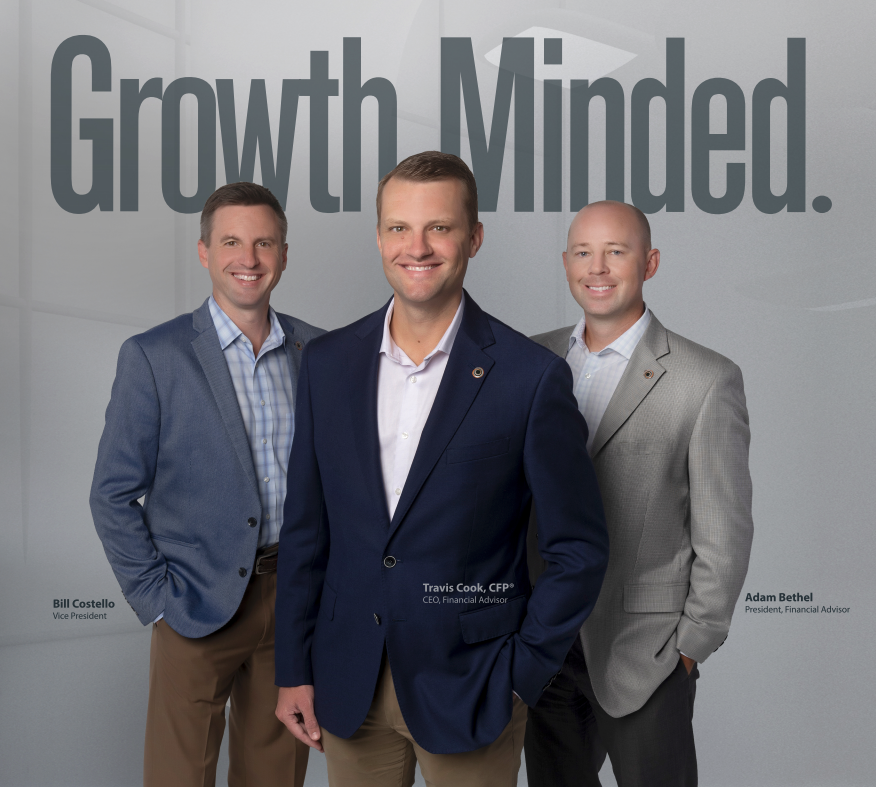Catch-Up Contributions for High Earners
By Heather Hoffman, Marketing and Communications Specialist
01/2025
High earners have likely been told to use catch-up contributions in retirement saving, but have you ever wondered what the true potential benefits are? Before we get into the benefits, with hypothetical scenarios included, there are two upcoming changes you need to make yourself aware of.
Upcoming Changes
1. New, Higher Limit for Workers Aged 60-63
The limits for 2025 are:
401(k): $23,500
401(k) Catch-up: $7,500
IRA: $7,000
IRA Catch-up: $1,000
Starting in 2025, workers aged 60-63 are allowed to contribute a higher limit for their 401(k) plan, called a Super Catch-up Contribution. Their catch-up contribution limit is $11,250, which brings their total 401(k) limit to $34,750. The limit follows this rule: the greater of $10,000 or 150% of the regular catch-up limit for that taxable year.
2. Catch-up Contributions Will Soon Need to be in a Roth Account
An important change in catch-up contributions is set to begin on January 1, 2026. Individuals who have wages over $145,000 in the prior year (indexed to inflation) will have to make their catch-up contributions to a Roth account. Roth accounts do not reduce an individual’s overall tax burden in the year contributions are made like traditional accounts do. The regular contributions can be in a traditional plan, but the extra cannot.
Not all employers offer a Roth plan for their workplace retirement plan, but they will have to start if they wish to allow catch-up contributions. This change was originally set to activate on January 1, 2024, but the IRS allowed for a delay.
Potential Benefits of Catch-Up Contributions
1. Reduce Tax Burden in the Current Year
Traditional 401(k)s and IRA contributions can be used to lower tax liability in the year of the contribution. High earners sometimes choose to first make contributions in a Traditional account, then do a Roth conversion later.
Scenario: Susan, a 55-year-old executive earning $400,000 annually, is in the highest tax bracket. In 2025, she contributes the maximum $23,500 to her 401(k) and utilizes the $7,500 catch-up contribution, totaling $31,000.
Potential Outcome: By contributing $31,000 to her 401(k), Susan reduces her taxable income to $369,000. Using the 37% tax rate, this results in a tax savings of approximately $11,470 for the year. This strategy not only lowers her current tax liability but also enhances her retirement savings.
2. Catch-up Contributions Can Allow for Enhanced Compounding
Losing out on time in the market can be a difficult thing to correct. Age 50+ is often when you’re in your peak earning years, and many have decreased expenses from reducing financial support to children, or having a paid off mortgage. While it is tempting to take these extra funds and spend it for current enjoyment, catch-up contributions allow you to help make up for time you might have lost at the beginning of your career. By making these extra contributions, it allows for the possibility of greater compounding.
Scenario:
David, a 50-year-old business owner, has a retirement account balance of $500,000. He maximizes his 401(k) contributions for 2025 by contributing $23,500, along with the $7,500 catch-up contribution, totaling $31,000 annually. David plans to continue this strategy for 15 years until retirement.
Potential Outcome:
Assuming a 7% annual growth rate, David’s $31,000 annual contributions over 15 years grow to approximately $775,000. Combined with the compounding growth of his initial $500,000 balance, his retirement account reaches $2.1 million by age 65. Without the catch-up contributions, his contributions would have been limited to $23,500 annually, resulting in only $587,000 in new contributions. The extra $7,500 catch-up contributions add an additional $188,000 in contributions and $94,000 in compounded growth—a total increase of $282,000 over the 15 years.
3. 401(k) Catch-Up Contribution Can Include Employer Matching
The combined employee and employer contribution limit for a 401(k) in 2025 is $77,500 for those aged 50-59 and 64+, and $81,250 for those aged 60-63. It is possible for an employer plan to allow for matching on catch-up contributions, but many do not because their plan’s matching limit is lower than the IRS limit. If your employer plan does allow for matching on catch-up contributions, it’s another great tool to increase your saving contributions.
Scenario:
Martha, a 61-year-old executive earning $250,000 annually, works for a company that matches 50% of her 401(k) contributions, including her catch-up contributions. In 2025, she contributes the full $23,500 to her 401(k) and makes an $11,250 catch-up contribution, totaling $34,750.
Her employer matches 50% of all contributions, including her catch-up contribution. This means her employer contributes an additional $17,375 (50% of $34,750).
Potential Outcome:
Martha’s combined contributions equal $52,125. Assuming a 7% annual return and no withdrawals, these contributions grow to approximately $1,025,000 in 10 years.
The opinions voiced are for general information only and are not intended to provide specific advice or recommendations for any individual.



